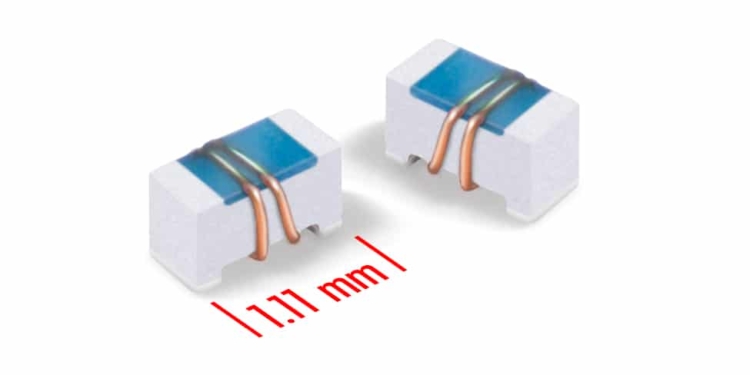source: ezwire news
New 0402DC Series ceramic wirewound chip inductors offer the industry’s highest Q factors in an 0402 (1005) size – up to 162 at 2.4 GHz – for super low loss in high frequency circuits.
The inductors are available in 26 standard inductance values ranging from 3 nH to 120 nH. An additional 73 values are available upon request, including 0.1-nH increments from 2.8 nH to 10 nH. Most values are available with 2% tolerance.
The 0402DC Series features a wirewound construction for extremely high self resonance – up to 16 GHz. It also offers DCR as low as 37 mΩ, significantly lower than other 0402-sized chip inductors. 0402DC Series chip inductors are ideal for impedance matching circuits for low band (700 – 960MHz) and high band (1710 – 2700MHz) antennas. Its 0402-sized package is perfect for smartphones and tablets. 0402DC Series inductors feature RoHS compliant, matte tin over nickel over silver-platinum-glass frit terminations and offer a maximum reflow temperature of 260°C.































